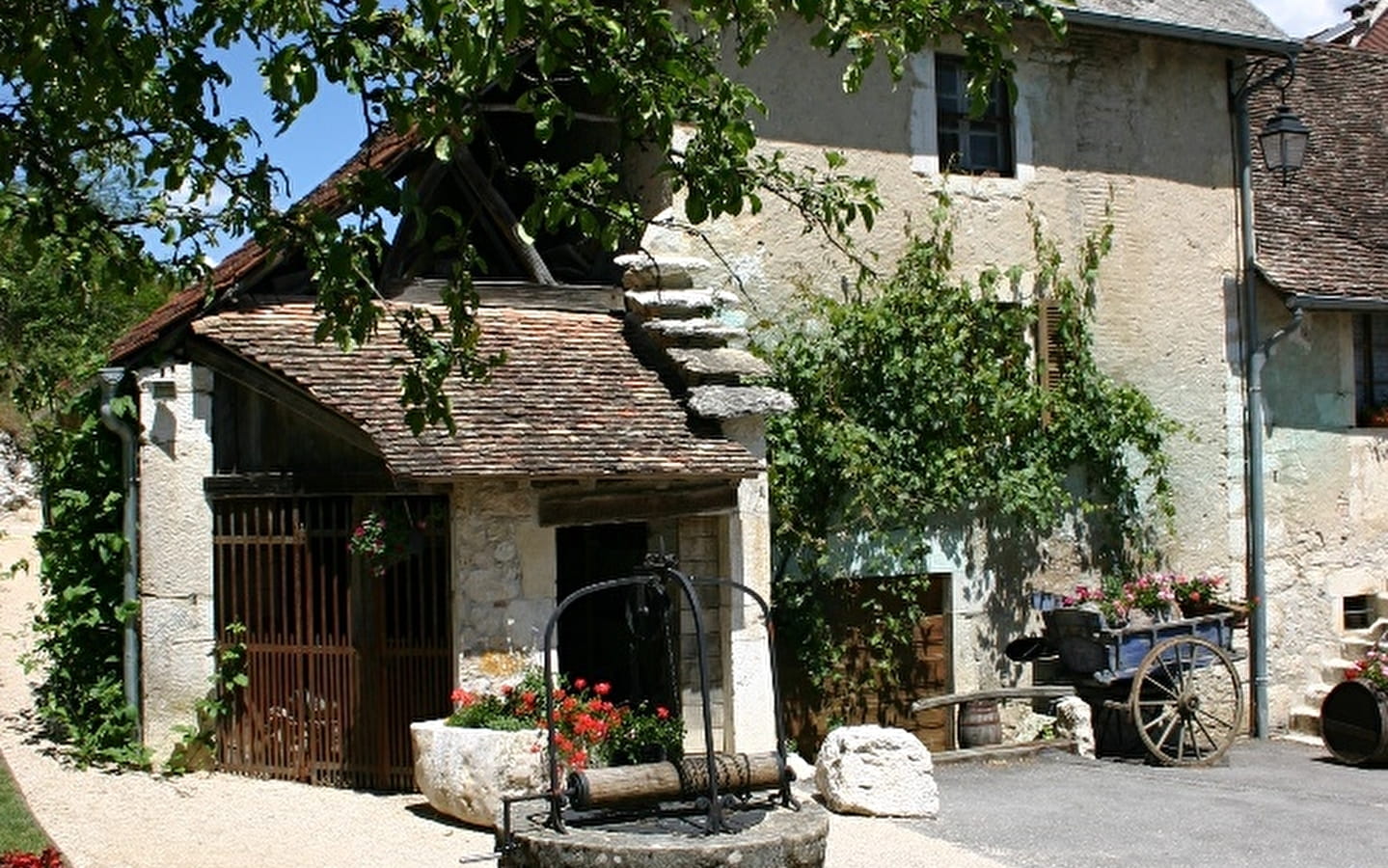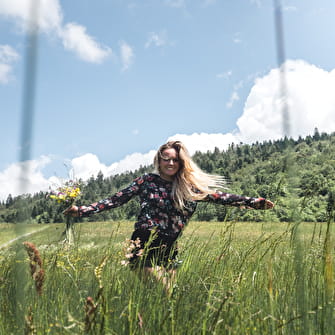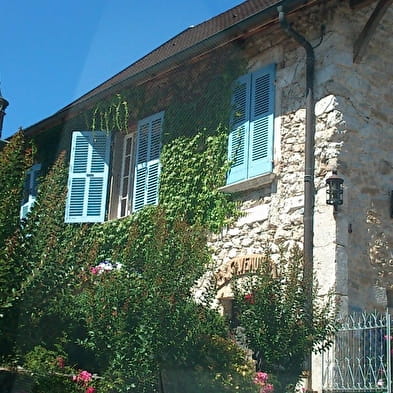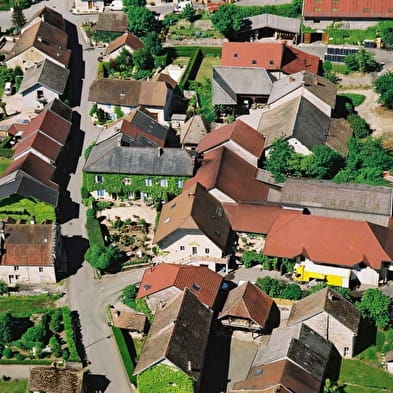
Patrimoine du village de Vongnes
Winegrower architecture :
Many houses have preserved the traces of the village's winegrowing past
One can observe the gable walls equipped with bird's-foot slates, arranged in a staircase, in order to have easy access to the roof, which in the past was covered with thatch and today with slates.
The "cocul or chicken", dominating the gable wall, was a symbol of prosperity but also of fertility in the house
Other typical elements of these houses are the "etra", a double staircase leading to the cellar, and the "dreffia", structures for storing wood.
The chapel:
Dedicated to Saint-Oyend. of modest size, it has a Romanesque choir from the 11th century with a flat-bottomed apse, with a vault covered with paintings with geometric or floral decorations (with optical effect) dating perhaps from the 14th or 15th century.
The nave and the side chapel are from the 15th century, in the Gothic style: one can observe the "tuff" stone which marks the transition with the choir.
The rib-vaulted nave has keystones decorated with monograms, one of which has yet to be deciphered.
On the floor, there is a tomb, that of Dame de Tricaud (whose family owned the castle of Vongnes)
The chapel allowed the lord to isolate himself from the people during ceremonies. There is a festooned clasp in the keystone whose monogram seems to be of a Marian nature.
The house of the Counts of Savoy - now the Monin Estate
In this house, the counts of Savoy would have resided from time to time and in particular, Marie de Savoie, who was kept within these walls for several years.
Note the beautiful mullions on the first floor
The castle (currently owned by the d'Orgeval Duboucher family):
Its construction is due to the Tricaud family, one of whose members was a grain judge at the Belley granary
The union of one of his descendants with Georgette de Montfalcon (from a family of Savoyard nobles, originally from Albanais and established in Chautagne since the 11th century) brought in a dowry of land located in Vongnes
This building in the classical Louis XV style (Soufflot school) has a very beautiful ensemble and interior decorations in marble and woodwork, its most beautiful ornament being the interior staircase in cut stone with its wrought iron banister
The main street is punctuated by several sculptures, 5 of which are on the theme of flowers. Several of them were created by Rémi De Lorenzi.
- Pets not allowed









